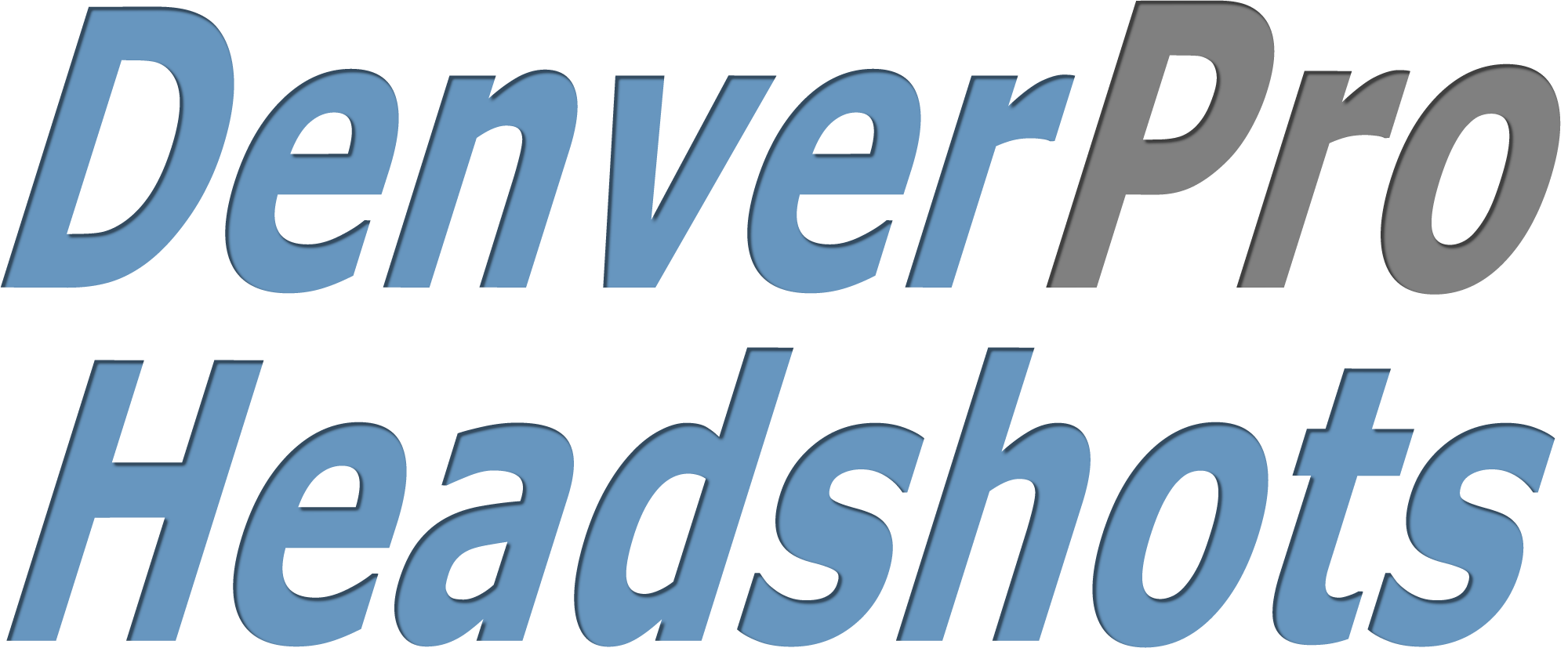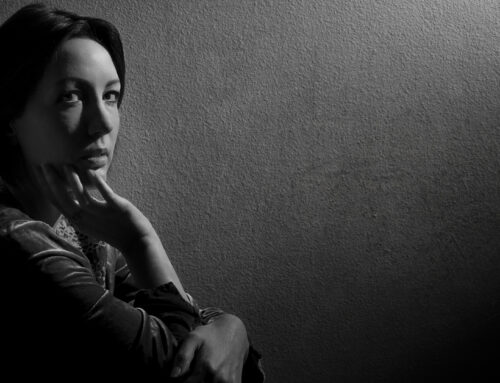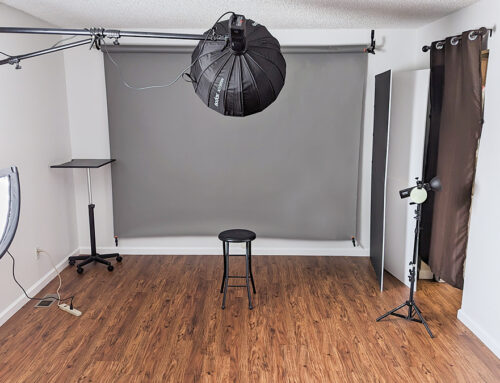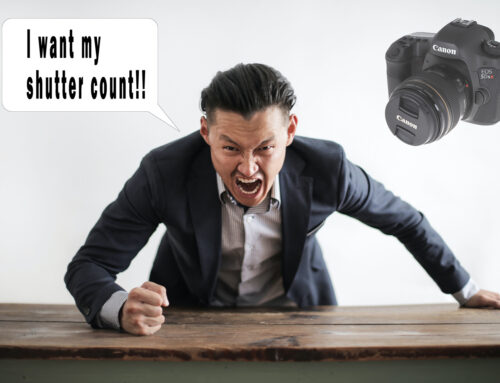Photographing fireworks displays can certainly be challenging, but if you’re prepared you’ll end up with more photographs that are keepers. Fireworks happen at many events other than the 4th of July. You can see them at sporting events, concerts, and other holiday celebrations around the world. This article is going to touch on everything you need to be more prepared the next time a great fireworks display comes up. You’re going to need the right equipment, camera settings, and some tips based on experience.
Equipment
- The right camera – Ideally you should have a DSLR or newer mirrorless camera. Smartphones and point & shoot cameras might work if they have some dedicated night or fireworks settings but it’s not recommended. You really need a camera with a bulb setting to do the job right.
- Tripod – You will not be shooting handheld so a tripod is a must.
- Shutter release cable – Not mandatory but very close to it. You want to have a way to open the shutter on your camera without having to press the shutter release button on the camera or to hold it down. More on this later.
- Black card – This is not mandatory but can be helpful especially if you enjoy experimenting during the photo-taking process. You can easily make one with a piece of cardboard and some black construction paper or a dark black marker. Any square black card that is about 4″ x 4″ or slightly larger is fine.
- Small Flashlight – You may need to tweak some camera settings in the dark so having a small pen light or something similar is a good idea.
Camera Settings
- ISO – Keep this at 100 or 200 at the most. Don’t make the mistake of having ISO on Auto if your camera offers it.
- Aperture – I find that 11 or 13 is the best. This will depend on the lens, so anything between 8 and 16 may be great for you.
- Shutter Speed – I prefer the Bulb mode setting, so for me shutter speed is irrelevant. However, if you shoot using Method 2 below, keep reading.
- Single Shot – You’ll be taking one photo at a time, so don’t try any rapid-fire settings to catch more fireworks bursts. That simply won’t work. Also, don’t try exposure bracketing. There is too much happening in the sky to take multiple rapid shots or bracketing for exposure.
- Autofocus – It’s not mandatory, but I prefer this to be on. The setup I have allows me to turn it on or off on the lens. If you want to manually focus on a point in the distance that is up to you.
- White Balance – Leave this setting at auto.
- Shoot RAW – If you have the option of shooting RAW vs JPG, shoot RAW. If you are familiar with photo editing, you can tweak the white balance and just about everything else later.
- Stabilization Settings – These should be turned off. Your camera should be tripod mounted and having camera or lens stabilization turned on can introduce camera shake when on a tripod, thus ruining the images you spent so much time setting up.
- Flash – None, not needed.
Shooting Method 1 – Bulb Mode
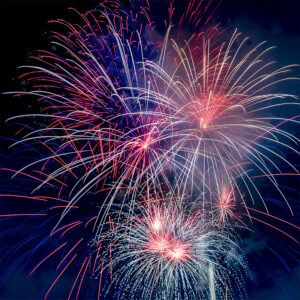 This is my preferred method of capturing fireworks images. If you aren’t familiar with it, Bulb Mode is essentially opening the shutter and closing it manually, not letting the camera do it. So it’s up to you if the shutter is open for 10, 25, or 40 seconds, etc. This is why having the shutter release cable is so important. If you have a shutter release that has a button lock that is even better so you won’t have to hold the button down the entire time. Once you have the camera mounted to your tripod and the shot is framed, hook up the shutter release cable and make sure all the settings above are taken care of. Once the show begins you can start taking some nice long exposures of the fireworks. Keeping a rough count in your head of how long the shutter is open is usually sufficient. You can then check your camera’s display to see how your photos are coming out and make adjustments to how long you hold down the shutter button.
This is my preferred method of capturing fireworks images. If you aren’t familiar with it, Bulb Mode is essentially opening the shutter and closing it manually, not letting the camera do it. So it’s up to you if the shutter is open for 10, 25, or 40 seconds, etc. This is why having the shutter release cable is so important. If you have a shutter release that has a button lock that is even better so you won’t have to hold the button down the entire time. Once you have the camera mounted to your tripod and the shot is framed, hook up the shutter release cable and make sure all the settings above are taken care of. Once the show begins you can start taking some nice long exposures of the fireworks. Keeping a rough count in your head of how long the shutter is open is usually sufficient. You can then check your camera’s display to see how your photos are coming out and make adjustments to how long you hold down the shutter button.
BONUS – Using a black card with the bulb method is very simple. Putting the black card in front of your lens will keep light from hitting the sensor, and pulling it away will let light in. So all you need to do is pull the card away just before a big burst of fireworks go off and then cover up the lens with the black card again. Repeat this process when the nice bursts show up, remembering to keep a rough count in your head of how long the lens is uncovered. This might take some experimentation but that’s part of the fun!
Shooting Method 2 – Aperture Priority
I’ve seen this method work a couple of times, but keep in mind that it wasn’t completely dark outside when the fireworks were going off. Most camera’s lowest shutter speed is 30 seconds and you may need to leave the shutter open for longer than that to get the fireworks and some exposure of whatever foreground you are dealing with. You can also up the ISO to 200, 400, or higher to compensate for darker outdoor situations. Some people like doing this because the guesswork in Bulb mode can be tedious. You should take some shots with this method prior to the show starting. You’ll notice that as it gets darker outside the shutter speed is going to get slower and slower. Doing test shots along the way as it gets darker will help you get dialed into the correct settings when the show starts. Once it does, just keep taking photos in aperture priority and checking the camera display to see how you’re doing.
Helpful Tips
- Test Shots – This is important. Taking test shots prior to the show helps to make sure all your settings are correct and that you are going to get what you want out of your images. When you think your lens has autofocus turned on but it doesn’t, or the image stabilizer is turned on when it shouldn’t be, you will be very disappointed later. Also, taking a test shot in aperture priority mode will allow you to see how long the exposure needs to be. If the camera tells you the correct exposure is 25 seconds, then you can go to bulb mode and know how long to leave the shutter open.
- Post Processing – If you are shooting RAW images like previously suggested you will have a lot more latitude when it comes to making adjustments to your images. If you work in Adobe Camera Raw within Photoshop, try moving the Dehaze slider to get rid of some of the inevitable smoke in your fireworks pics. Very rarely do you nail the exposure on fireworks photos, they will most likely need some tuning.
- Experiment – Take a few shots where the shutter is open longer or shorter than you think it should be. Don’t be afraid to change the zoom level of your lens if possible. It’s not uncommon for the fireworks to show up in the sky not exactly where you thought they would be and you have to reframe the shot. You also might see something in the frame you didn’t know would be there, like traffic off to one side or the back of some guy’s head snuck into the frame. Don’t get in a rush, just be prepared and make adjustments and play around as you see fit.
Enjoy!

